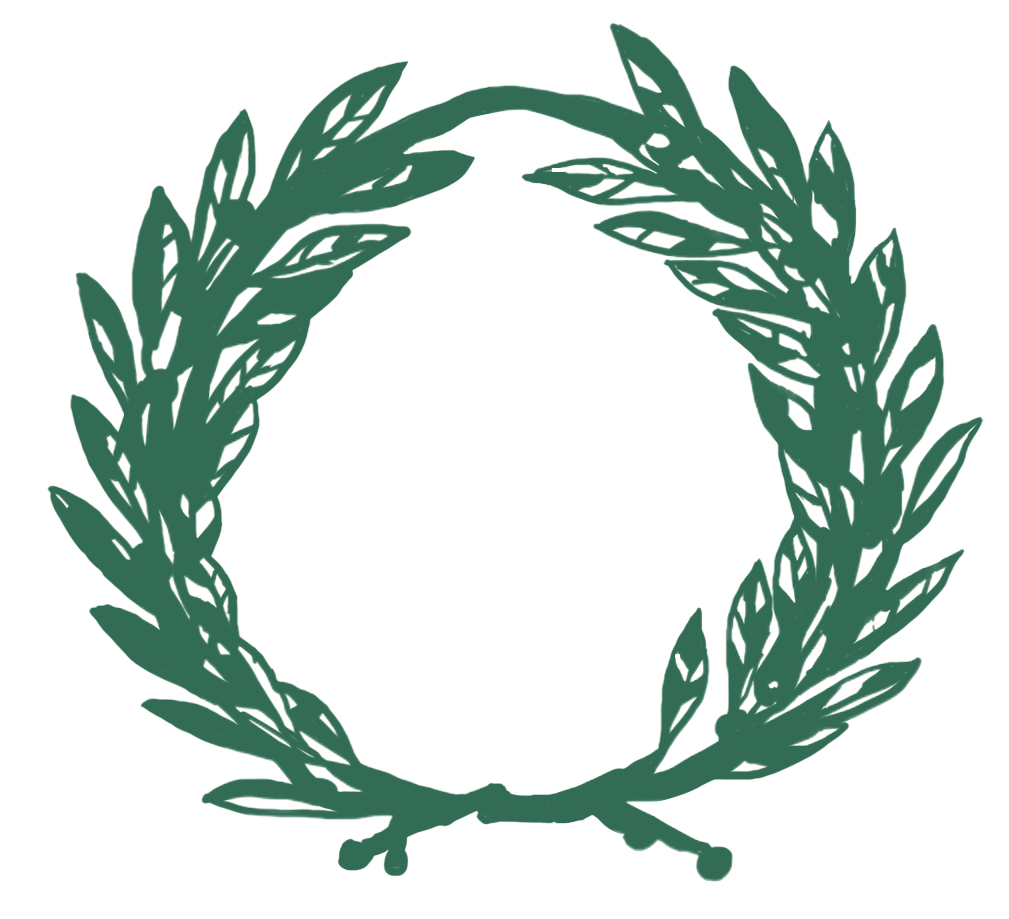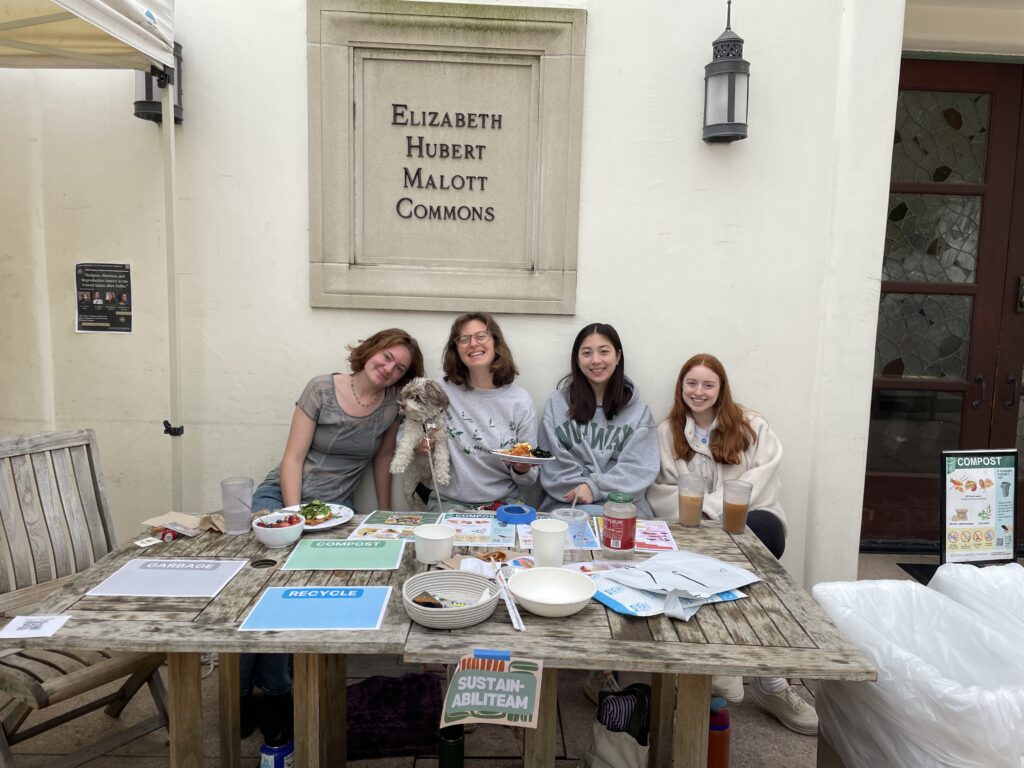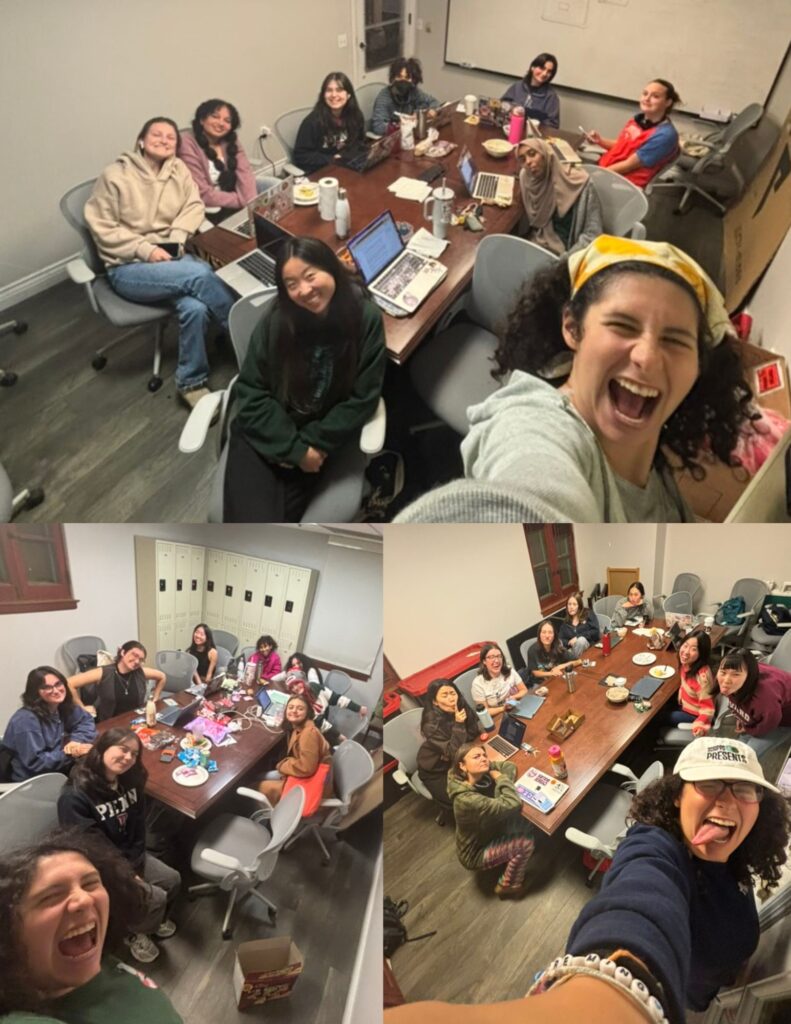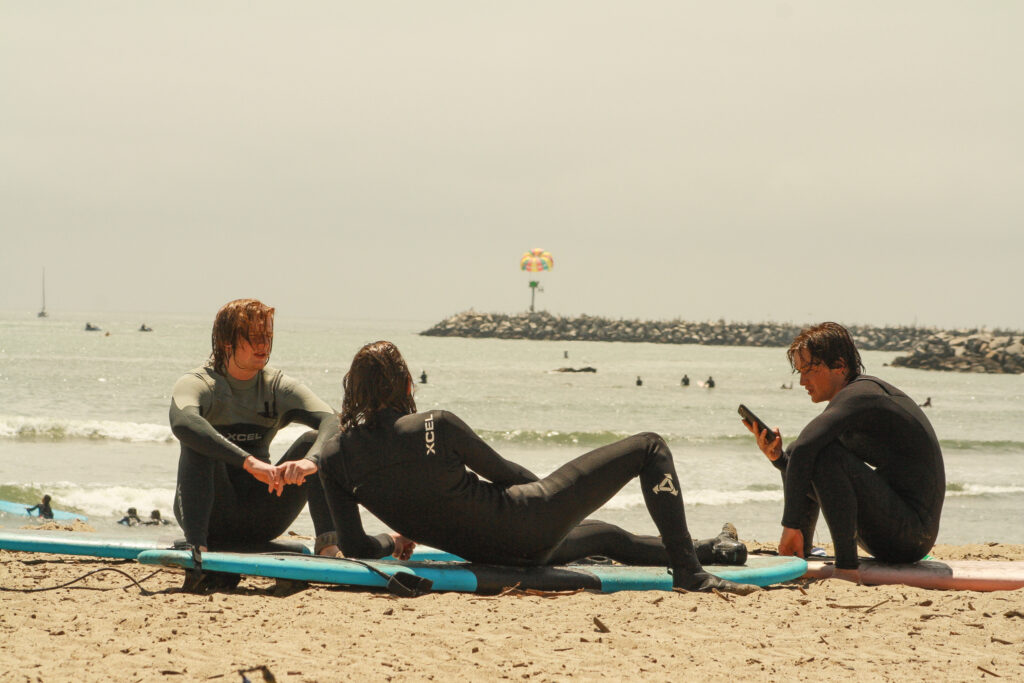Ashley Ta ’27
Staff Writer
We’ll soon find a revival brewing within the heart of student life, starting with the new CLORGs. All the CLORGs in this article aren’t brand new, but are actually old CLORGs that are returning in a new way. Sometimes you have to bring Scripps forward by building from the past.
La Semeuse
“I have every yearbook going back 100 years, except for the past three years.” This is what Jennifer Martinez-Wormser, the librarian at Denison Library, told Ella Piersma ’27 and Katie Jenkins ’27 when they were browsing old Scripps yearbooks. They looked up stories of their friend’s grandmother, a Scripps alum. Very rarely does one come out of the library intending to create the very books they cannot find. But that’s what Piersma and Jenkins decided to do.
They tried to salvage as much as they could from Scripps’ historical yearbook club, like the name and symbol of La Semeuse, when starting it up again post-Covid. But the project ahead of them was nothing short of a total reconstruction. The club’s last yearbook in 2021 wasn’t a physical book but a digital PDF, and they couldn’t figure out how students ran the club. Piersma said they’ve been trying to find answers in the club’s “old documents and old files.” They couldn’t figure out who ran the club, let alone how to contact them. All the information left was shells of social media accounts, inactive and inaccessible.
“All the students who were running it graduated and the lead advisor had left the school…so it just kind of disappeared,” Jenkins said.
Jenkins and Piersma had to be forward thinkers to tackle all these problems and create an ambitious vision. But what struck me about our interview was just how much reverence they had for La Semeuse’s history. Inspired by the more recent yearbooks, they wanted to capture more student events like the ones the RCs and CCs ran “so students in the future can look at them and future CCs [can use them] for ideas,” Jenkins said. They also wanted to “honor how the traditional books have been made.” They plan to bring back “more photos of dorms, like dorm pages, [with] everyone’s names,” Piersma said. Instead of using silent black and white photos, they plan to make their pages more journalistic and modern-style. As a result, our yearbook will be the best it’s ever been at capturing and storing student life for years to come.
La Semeuse needs a team of students with experience in yearbooks, publications, magazines, newspapers, and photography to publish their ambitious vision. They need seniors to share their experiences to create something that properly celebrates their graduating year. They need people who “are excited or feel strongly about the archival aspect,” Piersma said. Mostly, they need students who care about having a college yearbook, so Scripps’ history will include our lives in the Denison Library and be in our hands.
Follow La Semeuse on Instagram @lasemeuseyearbook, join them on Engage, and connect via lasemeuseyearbook24@gmail.com!
Food Recovery Network
Almost every meal of a 5C student’s life is from a buffet. But we disregard how much we discard while our Inland Empire neighbors go hungry. So when Scripps students created a Food Recovery Network (FRN) to rescue the dining hall’s edible food waste, it quickly became a sensation with “lots of committed volunteers,” FRN said in an interview. “FRN has also historically had a stronghold at the 5Cs. Pomona, Harvey Mudd, CMC, and Pitzer all have or had FRN as well.”
Then COVID-19 hit, and many of the leaders graduated, putting a great halt to their work.
Feeling the absence of the FRN and the communities’ growing concern for food waste, Malott started donating their leftovers to Chefs to End Hunger. But, as FRN explains, they only accept certain food items.
So FRN became determined to recover their club and rescue the remaining food. They’re off to a great start. They’ve already spoken with the community they want to serve, who are eager to accept the food. They have a strong leadership team of experienced students who volunteered at the FRN at Pomona.
“The food from Scripps [will go] to Cotorreo Community Center in Pomona,” FRN said. “It is a community-run operation and embedded within the community … They directly provide meals to Pomona residents on a daily basis and are constantly serving more families. We hope that the connections we make through FRN can grow and increase our engagement with the community.” The club leaders hope “[more students] leave the Claremont bubble and get a better understanding of the place we live.”
FRN isn’t just looking for more members to restore the club. The leaders voiced a hope to expand to serve more than one center and build long-term relationships with them, involving the broader 7Cs.
Follow FRN on Instagram at @frnscripps for updates, join them on Engage, and connect via FRNSCRIPPS@GMAIL.COM!
Sustainabiliteam
Perhaps you’ve always cared deeply for the world’s environment but never thought you could do much about it. Perhaps you separate your trash at home, use a capsule wardrobe, or even fit all your waste into mason jars but never thought about influencing a community to do the same. Now is your chance to act! Meet Marin Plut ’25 and Raka Mukherjee ’25, leaders of the one and only Sustainabiliteam club!
Fun fact: it used to be a SAS committee, but its ambitions quickly outgrew the capacities of a committee. The Sustainabiliteam wanted to involve the most people possible and make their members more proactive in making change happen. They also wanted to make more systemic changes.
“Over the last couple years, our projects have mostly focused on reducing energy use, reducing water use, food waste and just waste in general,” said Plut. “Those are important things to tackle but have limited scope and limited impact.” Mukherjee added, “By switching to a club, we could focus less on conventional environmental issues and more on environmental justice.”
Above all, Plut explained their desire to encourage students to come up with creative environmental solutions that “are good in the environment that are also actually good for people and good for the community and good at building relationships.”
Finally, as their year-long dream of becoming a club bears fruit in the fall, Plut concluded, “I would just like to see a lot of people join the club. [I hope] we’re able to effectively run it so that it’s a community space that people would like to come to and stay in and a place where they feel like they’re doing something.” Mukherjee looks forward to “establish[ing] a lineage for sure.”
Follow Sustainabiliteam on Instagram @sc.sustainabiliteam, join them on Engage, and connect via sc.sustainabiliteam@gmail.com!
What an experience it was to interview these clubs! I quickly realized that becoming a club was only the vessel for their much greater mission: reviving Scripps’ yearbook tradition, the FRN powerhouse, or student’s involvement with sustainability. Every club truly has its own unique story. I hope we can all find the story we want to be a part of.
Photo Courtesy of Sustainabiliteam



